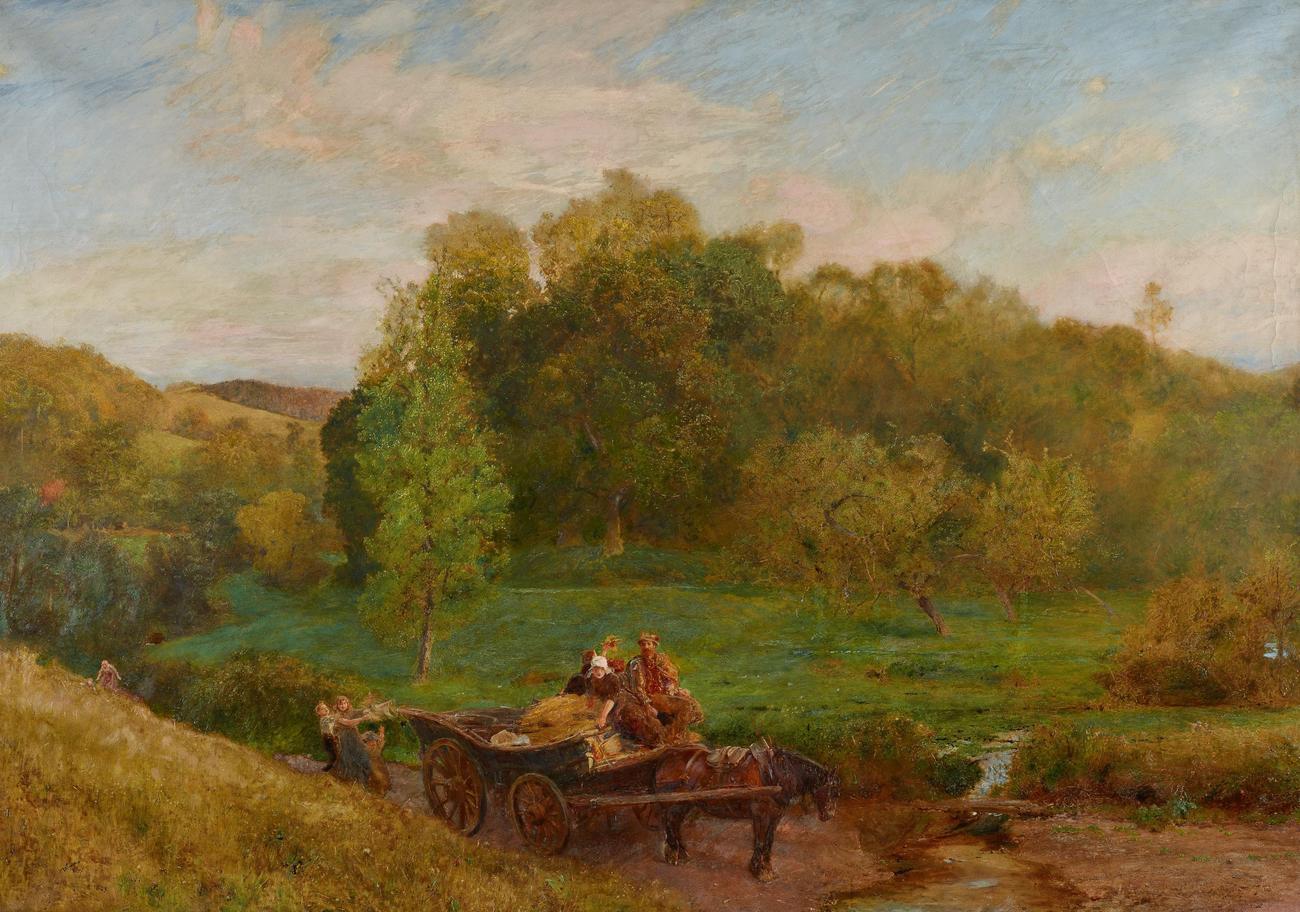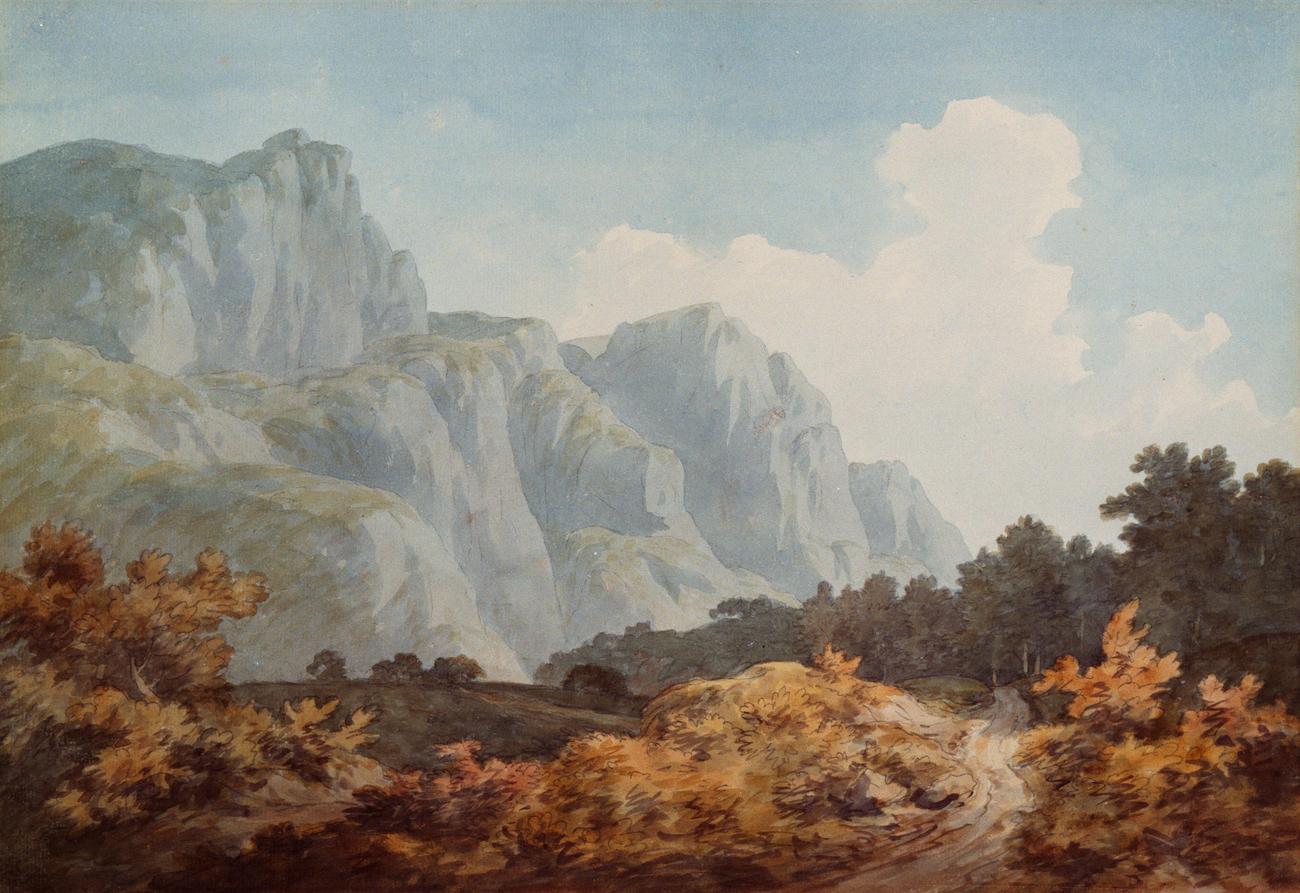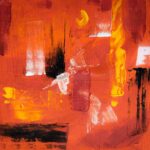Are you ready to dive into the fascinating world of painting? Prepare to be dazzled as we uncover a treasure trove of painting facts exclusively designed for students like you! In this article, we will embark on an extraordinary journey where you will discover the secrets behind famous masterpieces, unravel the mysteries of painting techniques, and explore the rich history that gave birth to this timeless art form. So, fasten your seatbelts and get ready to embark on an adventure that will leave you awestruck. Let’s delve into the captivating realm of painting facts for students!

Painting Facts for Students
Art has always been a powerful way to express ideas and emotions. From ancient times to the present day, artists have used various materials and techniques to create stunning masterpieces. In this article, we will explore some interesting painting facts that will help students appreciate the world of art.
The Canvas: A Painter’s Starting Point
Most artists prepare a canvas or other surface before painting. Just like a builder needs a strong foundation, artists need a sturdy structure to bring their imagination to life. The canvas serves as the starting point for their creative journey. During the divide stage, artists often divide the canvas into major areas, like a map, to guide the composition of their artwork.
“Like a painter’s compass, a well-prepared canvas sets the course for a masterpiece.”
Layer by Layer: Building Depth and Shape
A painting is not just a flat image; it has depth and shape. To achieve the desired effect, artists apply layers of paint, one over another, during the layer stage. Each layer adds a new dimension, giving life to the artwork. It’s like building a sandcastle, layer by layer, until it becomes a magnificent sculpture.
“Just as a sculptor molds clay, a painter sculpts with layers of color, revealing hidden depths.”
The Touchup Stage: Perfecting the Details
Even the most skilled artists need to put in extra effort during the touchup stage. It’s like adding the final touches to a gift or polishing a diamond. Artists pay attention to detail, making sure everything is just right. They refine the edges, add highlights, and make any necessary adjustments to create a masterpiece that brings joy to the eyes.
“Like a diamond cutter, a painter’s touchup stage adds brilliance and perfection.”
Painting for Children: A Journey of Self-Discovery
Painting is not just for adults; it also helps children understand themselves and the world around them. Through experimenting and creating with different materials, children learn to express their thoughts and emotions. It’s a journey of self-discovery, where imagination knows no bounds.
“In the world of painting, children’s creativity blossoms, like a garden in full bloom.”
Studying Famous Paintings: Sparking Inspiration and Creativity
Studying famous paintings is like entering a museum filled with wonders. It encourages students to share their opinions and explore their own artistic abilities. By analyzing the techniques used by renowned artists, students gain insight into different styles and perspectives. Inspired by the masters, they can create their own unique artworks, sparked by their imagination.
“Studying famous paintings is like opening a treasure chest, revealing endless possibilities.”
Ancient Painting: Using Nature’s Colors
Long before the invention of modern pigments, artists in ancient times used ashes, clay, and natural pigments for their paintings. They sourced colors from the earth, like a painter collecting treasures from nature’s palette. The process was labor-intensive, but it allowed them to create vibrant and enduring artworks.
“Ancient artists painted with nature’s colors, tapping into the earth’s harmonious symphony.”
Painting Tools and Techniques: A Painter’s Arsenal
There are different painting techniques and tools that artists use to bring their visions to life. From brushes to palette knives, each tool has its purpose, much like a chef’s knives in the kitchen. Artists experiment with various techniques, such as blending, dry brushing, or stippling, to achieve different effects. It’s like a musician playing different notes to create a masterpiece of harmony.
“A painter’s toolkit is like a magician’s bag, filled with tricks to weave the magic of art.”
The Power of Colors: A Palette of Emotions
Choosing a color for a painting is an important decision for artists. It can be based on personal preference or the desired mood. Colors have the power to evoke emotions and create a specific atmosphere. Just like the way a photographer uses filters to capture a moment in time, a painter uses colors to capture emotions on a canvas.
“Colors are the soul of a painting, whispering emotions like a gentle breeze in an enchanted forest.”
Correcting Mistakes: Artistic Resilience
Mistakes happen even to the best of artists, but they don’t have to be permanent. Various methods exist to erase or correct mistakes in painting. It’s like pressing the undo button on a computer, giving artists the chance to learn from their errors and grow. They can scrape away excess paint, layer over the mistake, or find creative ways to incorporate it into the artwork.
“Mistakes in painting are like stepping stones on the path to artistic greatness.”
In conclusion, understanding painting facts for students opens up a world of creativity and appreciation for this timeless form of artistic expression. From the preparation of a canvas to studying famous paintings, every step in the artistic process holds significance. So, let your imagination run wild, grab a paintbrush, and unlock the artist within you!
Art Facts For Students
Do you know the fascinating world of art? Dive into a realm where imagination knows no boundaries! Expand your creative horizons with our collection of intriguing art facts for students. Discover hidden symbolism, explore famous masterpieces, and learn about the artistic movements that shaped history. Unleash your inner artist and click here to unlock a world of artistic wonder: Art Facts For Students.
FAQ
Question 1
What is the importance of preparing the canvas or surface before painting?
Answer 1
Preparing the canvas or surface before painting is essential because it allows for a smooth and even application of paint. It helps to create a strong foundation for the artwork and ensures that the paint adheres properly to the surface.
Question 2
What is the purpose of dividing the canvas into major areas during the painting process?
Answer 2
Dividing the canvas into major areas helps artists plan and structure their composition. It allows them to organize different elements within the painting and guide the viewer’s focus. This technique helps create balance and visual interest in the artwork.
Question 3
Why is applying layers over one another important during the painting process?
Answer 3
Applying layers over one another is a crucial step in painting as it helps artists achieve the desired shape and form in each area of the artwork. By building up layers, artists can add depth, texture, and dimension to their paintings.
Question 4
What is the significance of the touchup stage in painting?
Answer 4
The touchup stage in painting requires extra effort and attention to detail. It allows artists to refine and enhance their artwork by making necessary adjustments, corrections, or adding final details. This stage ensures the painting’s overall quality and can greatly elevate the final result.
Question 5
How does painting help children understand themselves and their world?
Answer 5
Painting provides children with a creative outlet to express their thoughts, emotions, and perceptions about themselves and the world around them. Through experimenting with different materials and colors, children develop their observational and problem-solving skills, enhance their self-confidence, and gain a deeper understanding of their own emotions and experiences.
















